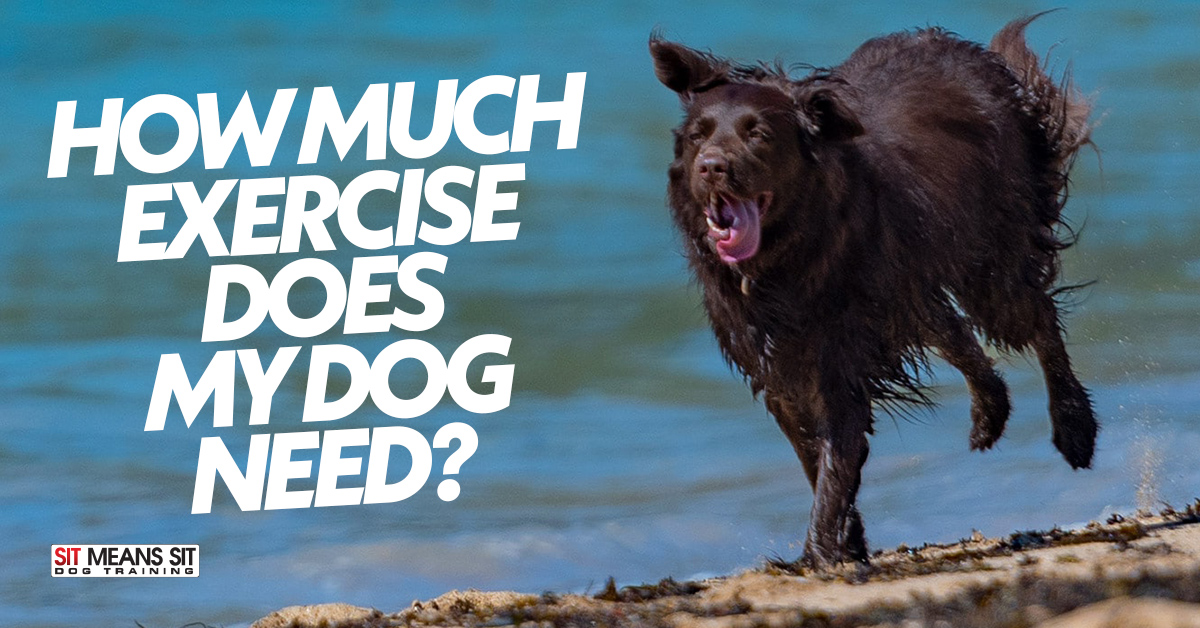
How Much Exercise Does My Dog Need?
Owning a dog is a big commitment. You are responsible for ensuring they are eating, drinking, playing, and exercising as much as they should be to live a long life of happy and healthy days. One of the most important aspects of maintaining your dog’s health is the amount of exercise that they are getting. This can lead to some confusion for pet parents, who wonder how much exercise is enough exercise, and how much is excessive. Read on to learn more about how much exercise your dog needs.
Puppies
If you own a puppy, you might have noticed that your little one experiences many short bursts of energy throughout the day, characterized by running, yelping, and frenzies of chewing. Since puppies are constantly growing, they are burning energy rapidly with these short bursts of energy. This means that going on a few short walks throughout the day rather than one really long walk is probably better for your little pup to grow. Talk to your vet or breeder about how much daily activity is appropriate for your puppy’s age and growth rate to make sure they’re getting the right amount of exercise.
Adult Dogs
The amount of exercise that adult dogs need depends on their breed and age. High-energy breeds, like Border Collies and Belgian Mainois, need much more exercise than lower-energy breeds like Bulldogs or Basset Hounds. When choosing a puppy, you should consider what kind of lifestyle you lead. If you’re less active, it’s not a good idea to choose an active dog breed, as you won’t be able to provide them the exercise that they need to stay healthy. On the flip side, you cannot expect a less active dog to partake in your very active lifestyle. You should also consider your adult dog’s overall health. If they suffer from any medical conditions, like hip dysplasia, heart issues, or respiratory issues, you should adjust their exercise accordingly. For help establishing an exercise schedule that works for your adult dog, contact your vet.
Senior Dogs
Senior dogs likely cannot walk as long, run as fast, or jump as high as they used to in their younger days. However, consistent exercise is just as important for your senior dog, if not more. Keep a close eye on your senior dog and how their body responds to exercise. If they seem particularly exhausted after your usual walk route, shorten your walk. As with adult dogs, make sure you’re being mindful of any medical conditions, especially those that can plague our dogs in their older years. It’s even more important at this age that you remain in close contact with your vet to ensure you’re doing everything in your power to keep your dog in good shape and health.
When it comes to exercising your dog, you should watch their behavior to ensure that you’re not pushing them too hard or, on the flip side, pushing them too much. Talk with your vet about exercising your dog and get outside and start exercising!
